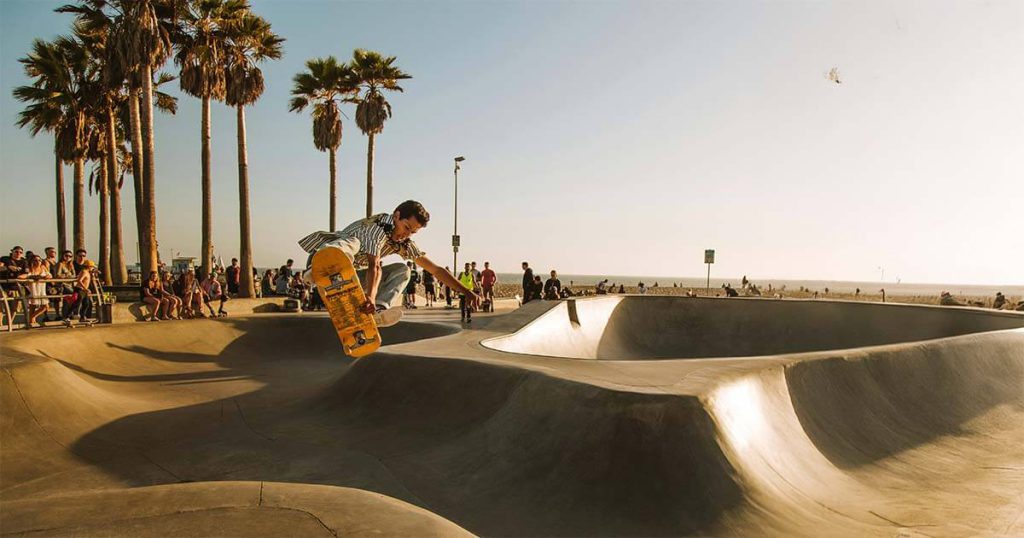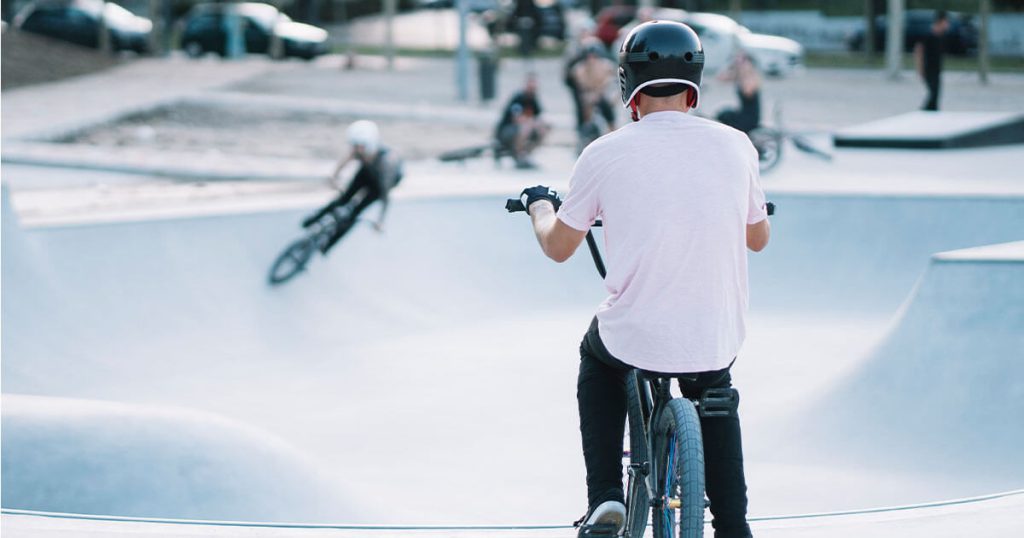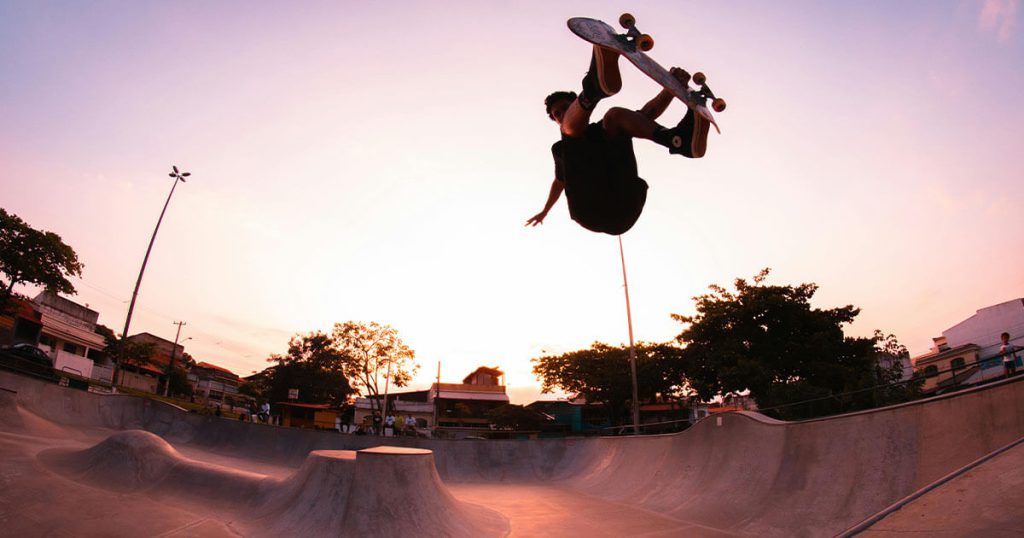As urban spaces evolve, so do the ways we engage with them. With a growing demand for recreational spaces that blend physical activity, community engagement, and innovative design, skate parks are emerging as a crucial element of modern urban planning. Among the latest trends in skate park design are flow parks—spaces that emphasize continuous movement, smooth transitions, and a seamless experience for skaters, BMX riders, and other action sports enthusiasts. .
What are Flow Parks?
Flow parks are skate parks designed with an emphasis on uninterrupted motion. Unlike traditional skate parks, which often have isolated elements like bowls or ramps, flow parks are built with interconnected pathways, ramps, and features that allow users to ride or skate through the park without needing to stop. The key is a continuous flow from one feature to the next, enabling riders to keep momentum while enjoying a dynamic and challenging experience.
These parks are designed not just for experienced skaters, but also for beginners and intermediate riders. The smooth transitions, varied terrain, and intuitive layouts make flow parks an inclusive space where people of all skill levels can push their boundaries and have fun.
Why Flow Parks are Gaining Popularity

Urban skate parks are becoming dynamic, multifaceted adventure zones that cater to a diverse range of users. The popularity of flow parks can be attributed to several factors:
- Inclusive Design: Flow parks are designed to be accessible to everyone. With a range of features that cater to different skill levels, they encourage more people to try skateboarding, BMX, and other action sports. Beginners can start with smaller ramps and features, while advanced riders can take on more complex elements, all within the same park.
- Smooth Experience: The focus on continuous movement means that riders don’t have to stop, adjust, or wait for their turn as often as in traditional skate parks. This creates a more fluid and enjoyable experience, particularly for those who want to test their skills at speed.
- Engagement and Community: Flow parks are more than just places to ride—they are spaces for socializing and building community. These parks often attract a diverse crowd, and their design fosters a sense of inclusion, making them ideal locations for group sessions, skateboarding events, or casual meetups.

A flow park or a skate park is more than just a smooth surface; it incorporates a variety of elements that challenge users while maintaining the fluidity of the park. Some common features include:
- Rollers and Waves: Gentle, rolling hills and wave-like features allow riders to maintain their momentum while navigating the park. These can be designed with varying heights and gradients to cater to different levels of skill.
- Street-Like Elements: Flow parks often include street-inspired features like rails, ledges, and stairs, which can be combined with natural terrain elements like rocks or grass banks to provide variety.
- Pump Tracks: A staple of many flow parks, pump tracks are designed to keep riders in motion without requiring them to pedal or push. These tracks are perfect for riders of all abilities and provide a fun challenge as they navigate tight turns and rhythmic bumps.
- Banked Turns: Banked turns enable riders to navigate sharp corners with ease, maintaining speed and direction without losing control. These turns can be designed with varying radii to create a unique experience for all riders.
The Future of Flow Parks in Urban Spaces

As cities continue to grow and become more crowded, the demand for multifunctional spaces will only increase. Flow parks represent the future of urban adventure zones, where sports, recreation, and community come together. These parks not only provide a space for physical activity but also contribute to the culture and vibrancy of urban environments.
Incorporating sustainable and creative design elements, flow parks can also integrate eco-friendly materials and innovative technologies, further enhancing their appeal. The rise of these parks speaks to the growing recognition of action sports as vital components of urban life, offering a balance of physical activity, creativity, and inclusivity.
At Warrior Group, we understand that each urban space is unique. Whether you’re planning to design a flow park for a community center or a large-scale adventure skate park for a city, we provide tailored solutions to bring your vision to life. Ready to transform your urban space with a dynamic flow park? Contact us today.